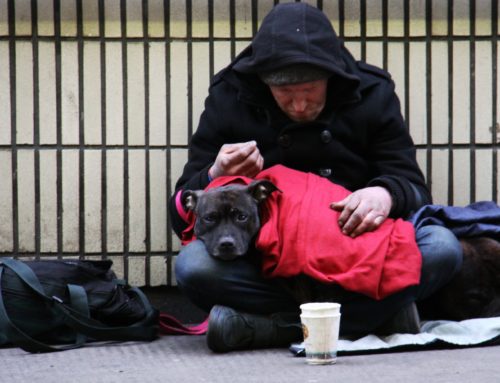This post was originally featured on HuffingtonPost.com
It might not come as a surprise, but it’s deeply troubling nonetheless. Our city’s recent push towards a more comprehensive assessment of the homeless population has provided the latest set of results and they are far from positive. The survey from the Homeless Outreach Population Estimate (HOPE) has the number of homeless New Yorkers at 3,892, an increase of over 1,000 from the same time in 2016.
At a time when there seems to be more money in the city than ever, these statistics are a painful reminder that not all citizens are fortunate enough to meet our basic needs. Living on the streets, for some of us a terrifying idea, is a daily reality for a growing number of people in nearly every corner of New York City.
Though these numbers are concerning, and rightfully so, the fact that we are aware of them at all is a promising sign for the city’s future. The HOPE count is part of the city’s relatively recent HOME-STAT homeless outreach program, the latest program designed to assist and house our city’s dispossessed residents.
Implemented in March 2016, HOME-STAT is the deBlasio administration’s attempt to use analytics combined with a street-level approach to evaluating the city’s homeless problem and finding practical solutions. The idea emulates the NYPD’s CompStat program, credited with helping in the massive, unprecedented reduction in crime the city saw in the 1990s and 2000s.
Informed by data collected by HOME-STAT employees, targeted efforts are made to assist and help shelter people living on the street. These “Swarm Teams” follow recommendations from HOME-STAT software to pinpoint areas with large concentrations of homeless people and engage with them personally, in the hopes that they will accept a transition to shelters with the long-term goal of getting them into housing.
While it’s not the cure that many hope for, HOME-STAT has made some headway in taking on the homelessness problem. They made headlines at the end of last year by announcing their programs had led to the temporary housing of nearly 700 of the city’s homeless. Even though they were not all placed in permanent homes, it can be considered a minor victory that some were convinced to come off of the streets. Eventually, it is hoped, more face-to-face interventions will result in a real reduction in the homeless numbers.
The mayor has urged patience in the matter, even at the announcement of the program in December 2015saying that it may take years before concrete results are visible. The kind of one-on-one work being done is indeed something that will take time. The trade-off of spending more effort on each individual means that fewer people will be directly affected, though this more holistic approach is a step in the right direction away from draconian policies that often left citizens dehumanized and disrespected.
One promising aspect of the new program is the level of transparency. On HOME-STAT’s website, detailed maps of 311 requests for homeless assistanceare available across daily, weekly and yearly timeframes. What this means is that citizens are now able to observe, in nearly real-time, where their fellow New Yorkers are calling the city to provide assistance. All of us will be able to keep tabs on the efforts to fight homelessness on a case-by-case basis.
Even though this program will hopefully result in drastically fewer homeless people, we are still seeing some evidence of the old short-term solutions like sheltering. Just recently, the administration announced plans to open 90 new homeless shelters across the five boroughs. Presumably, Swarm Teams will be shuttling the homeless towards these temporary residences, though ideally there would be housing in place.
Sheltering, of course, is a band-aid solution, if it is even considered a solution at all. Many homeless people choose to stay on the streets because they actually feel safer there than in the shelter system, where unclean and unsafe conditions are rampant. HOME-STAT’s true effectiveness will be seen when our homeless are housed safely and permanently, and that still appears to be a far away state of affairs.








